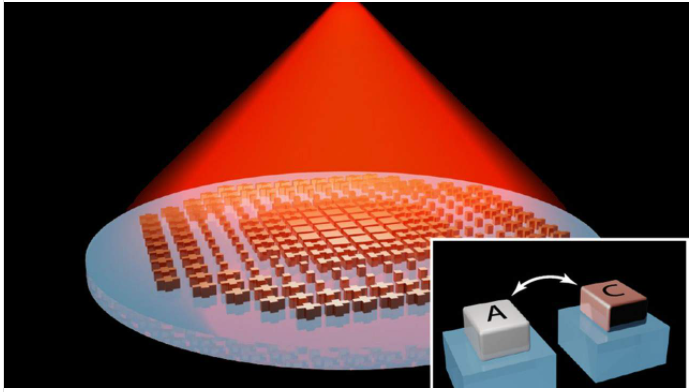Cameras have been around for a very long time and have used polished glass for lenses for almost as long as they have been around. In a polished glass lens, a precise curvature allows the lens to focus light and deliver the photographer sharp images. To change focus typically requires the lens to move physically by tilting, sliding, or shifting via mechanical parts.
Those mechanical parts add complexity and bulk to microscopes and telescopes. MIT engineers have developed a new tunable metalens that can focus on objects at multiple depths without changes to its physical position or shape. The lens isn’t constructed of glass. Rather it uses a transparent phase-changing material able to rearrange its atomic structure when heated.
When it rearranges its atomic structure, the way the material interacts with light changes. MIT researchers etch the material’s surface with tiny and precisely patterned structures to form a metasurface to refract or reflect light in unique ways. When the properties of the material change, the optical function of the metasurface varies.
In the MIT application, when the material is at room temperature, it focuses light to generate clear images of an object at a certain distance away. When the material is heated, the atomic structure changes allowing the metasurface to redirect light to focus on objects that are further away. This allows the metalens to tune its focus without requiring any bulky mechanical elements.
Currently, the MIT metalens images in the infrared band and could create optical devices like miniature heat scopes for drones, ultracompact thermal cameras for cell phones, and lower profile night-vision goggles. MIT researchers say their creation is able to achieve aberration-free imaging of overlapping objects positioned at different depths rivaling traditional and more bulky optical systems.

